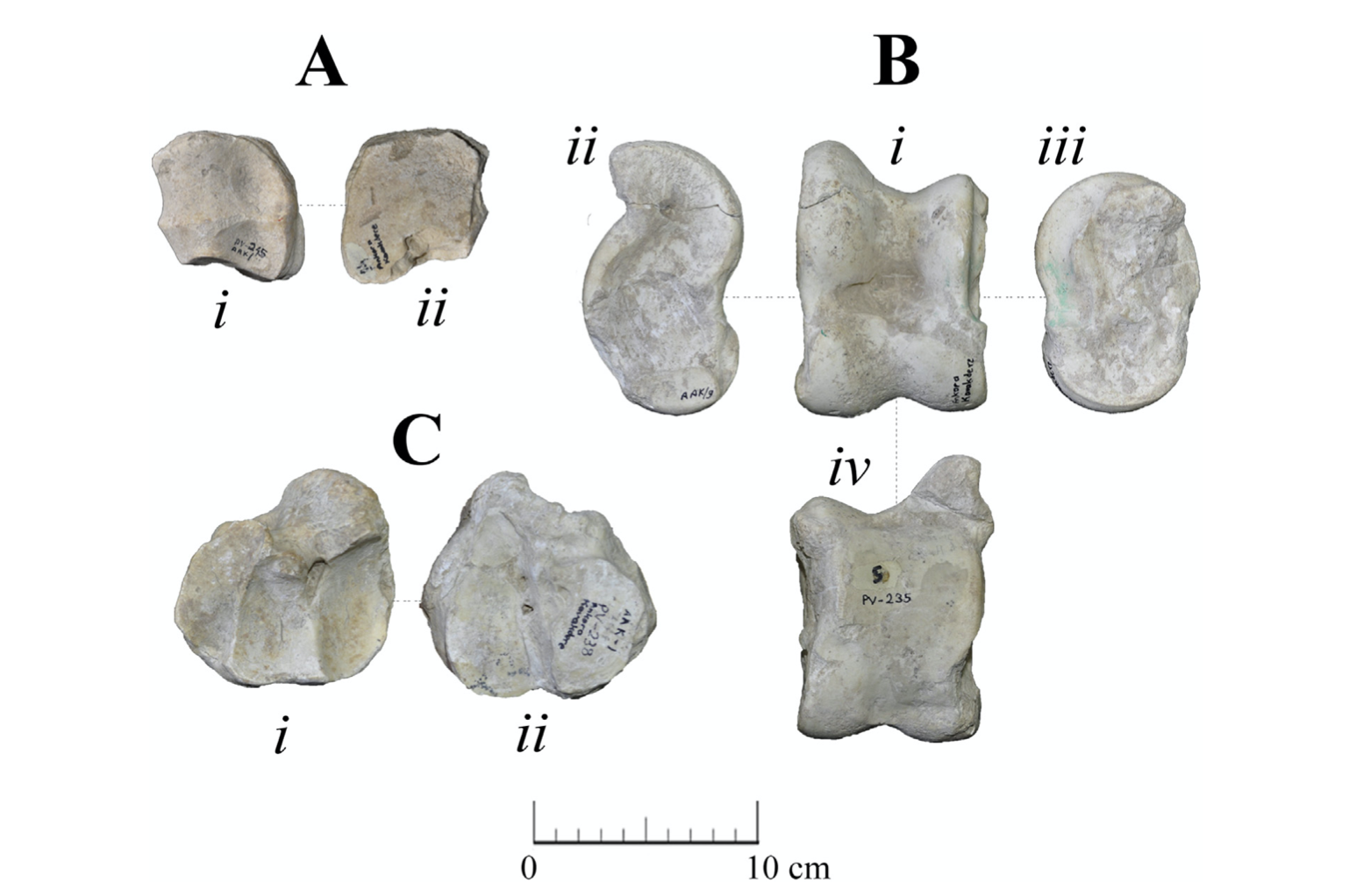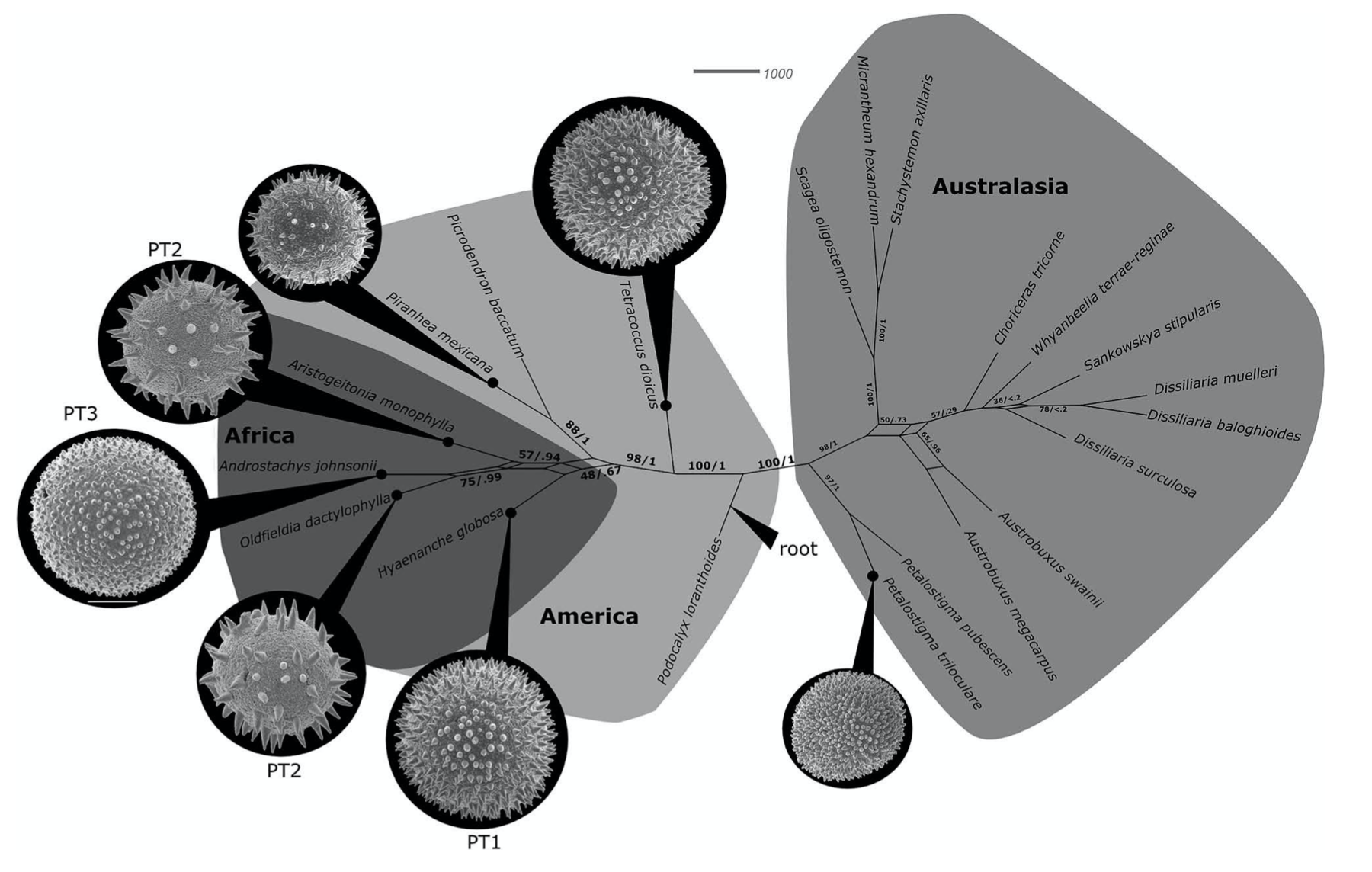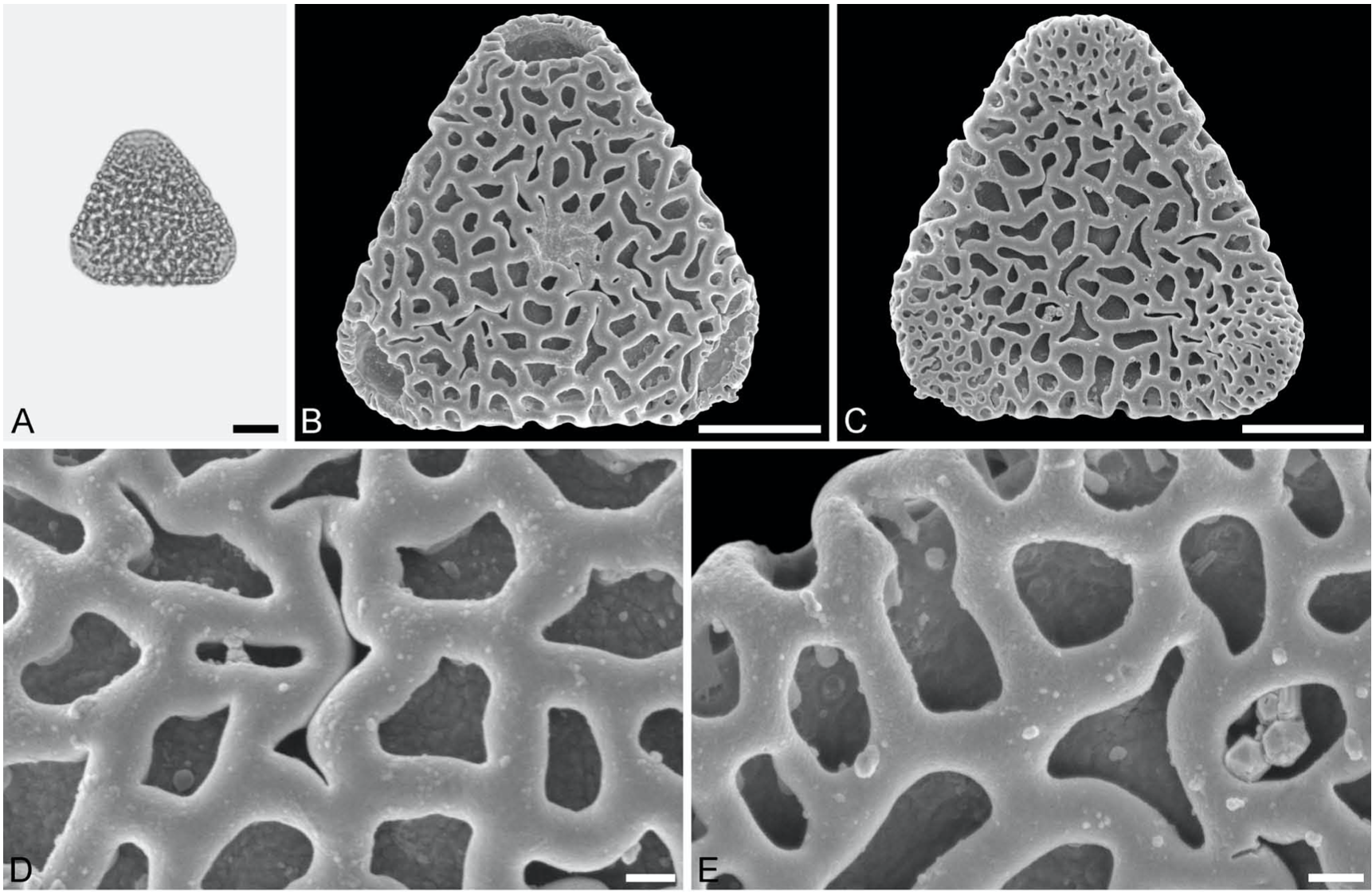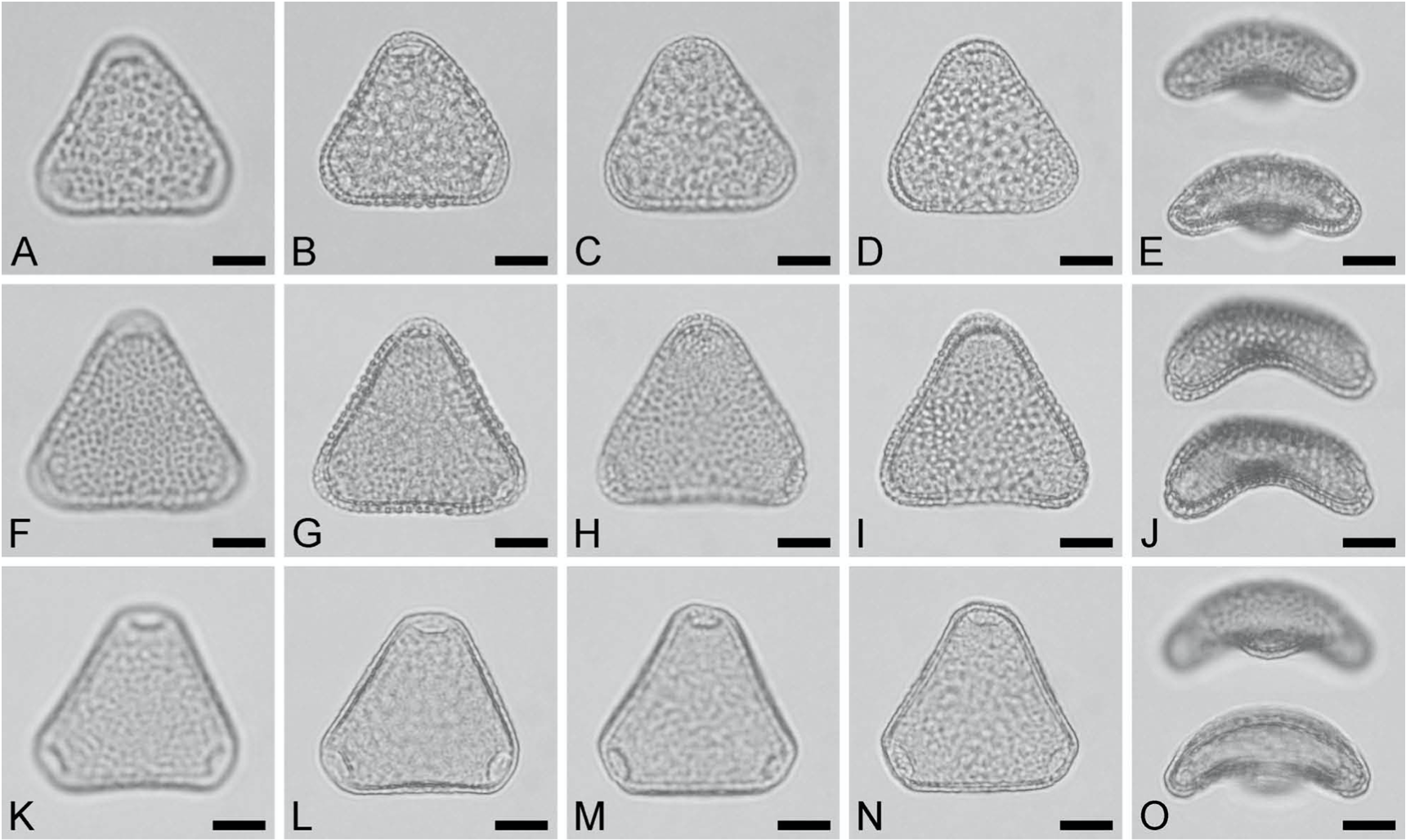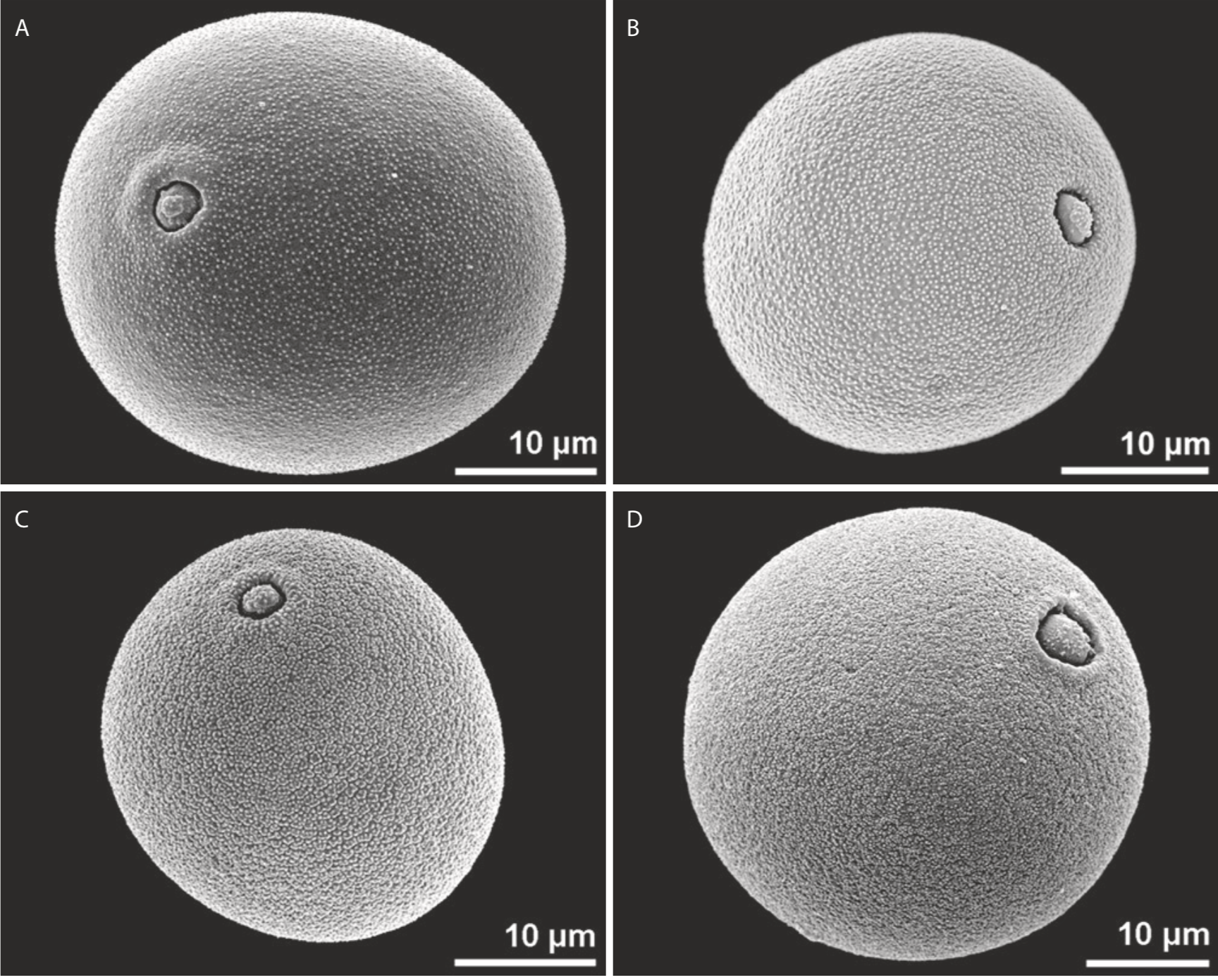Authors: Thomas Denk, Friðgeir Grímsson, Reinhard Zetter, Leifur A. Símonarson
A thin, white coloured ash/pumice layer on top of the poor macrofossil units at the Selárgil locality yields a rich late Messinian palynoflora that was deposited under a markedly different taphonomic setting than most other late Cainozoic floras discussed in this book. Pollen contained in this volcanic sediment apparently was deposited in a very short time during the actual ash fall, whereas in most other Cainozoic formations in Iceland pollen was deposited in clastic sediments over a longer time interval. The unusual taphonomy of the Selárgil pollen and spores assemblage possibly acted as filter against insect pollinated woody species such as Rhododendron subsect. Ponticaand other tree taxa that would otherwise be expected (Juglandaceae, Ulmaceae). Overall, the arboreal flora at Selárgil contains a number of partly warmth-loving relict taxa from older formations (Cathaya, Scyadopitys,Tetracentron) and some newcomers (Quercus, two types of Ericaceae). The occurrence of a new type of Quercuswith clear biogeographic affinities to North America points to a functioning land bridge between Iceland and Greenland during the Late Miocene and to climatic conditions in northern North America and Greenland that would have allowed for migration of oaks to Iceland.
